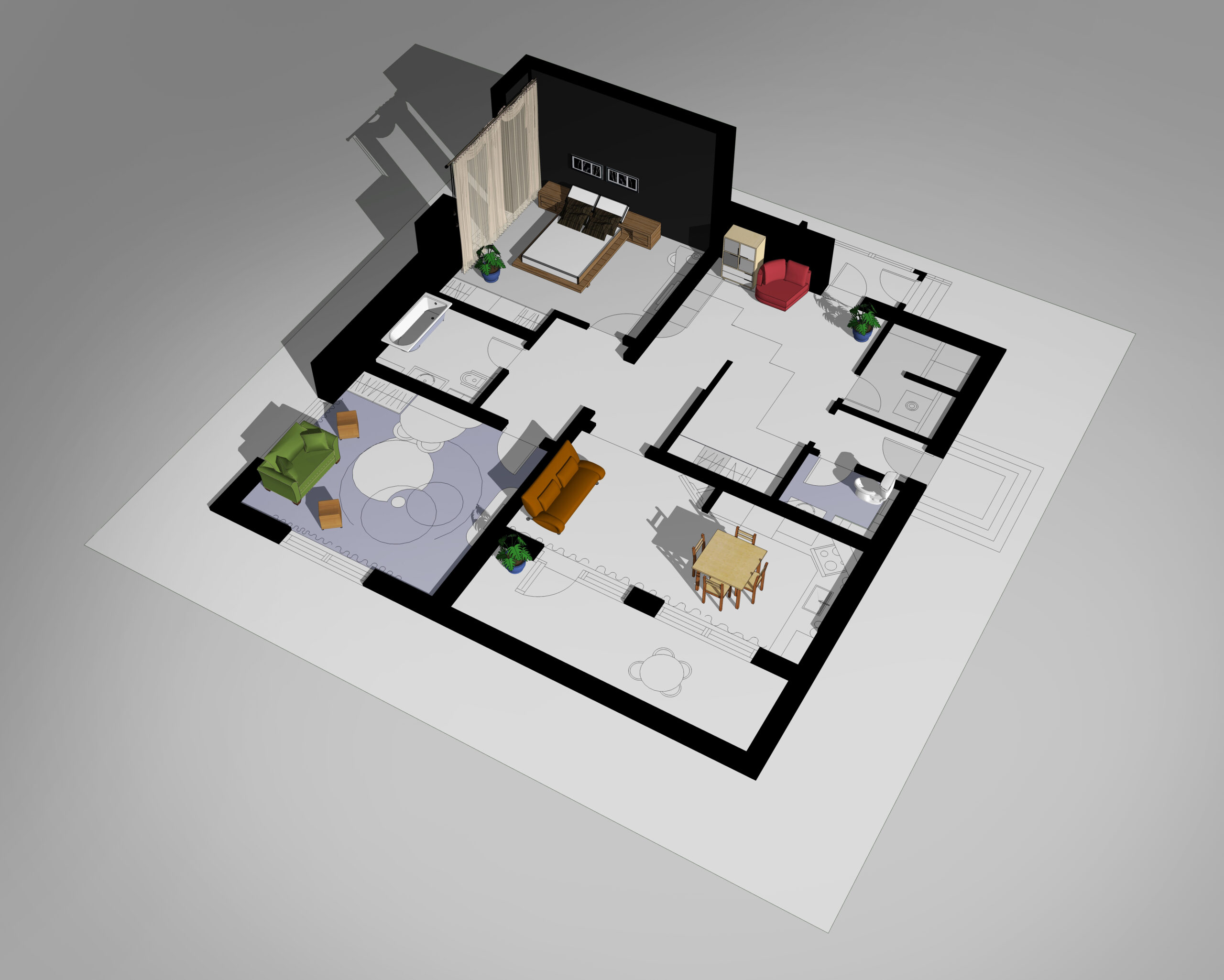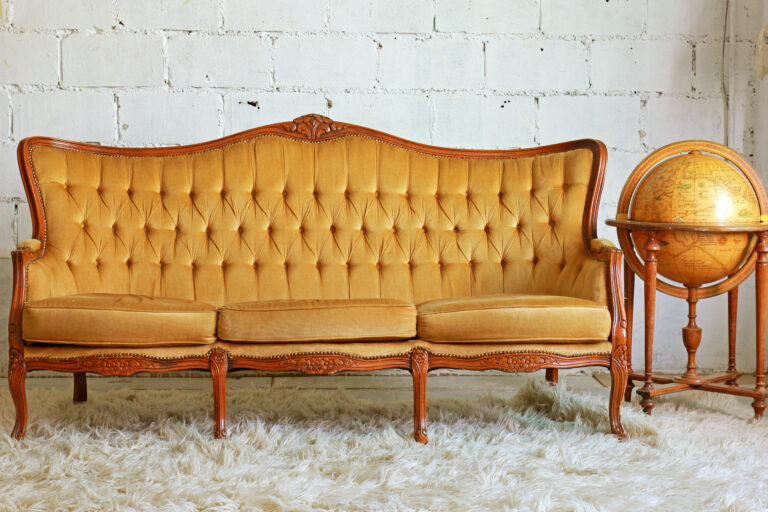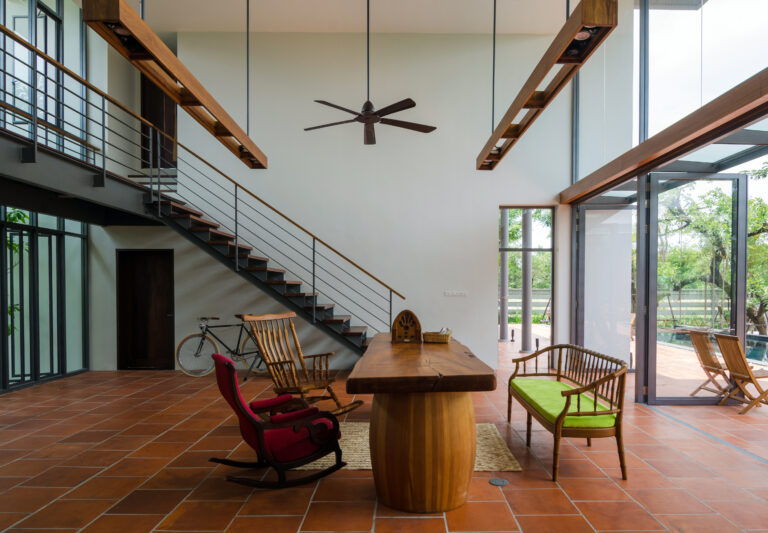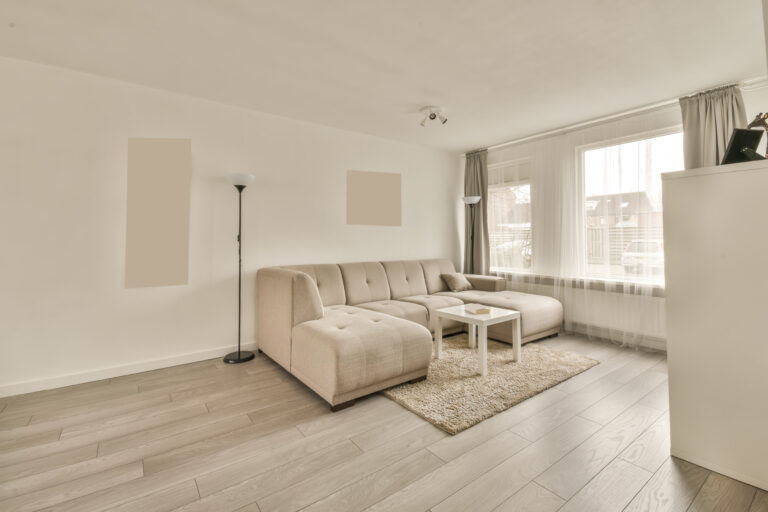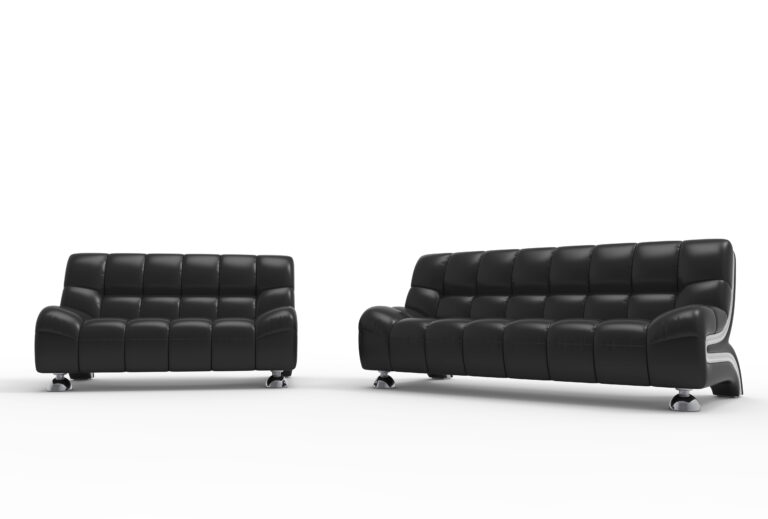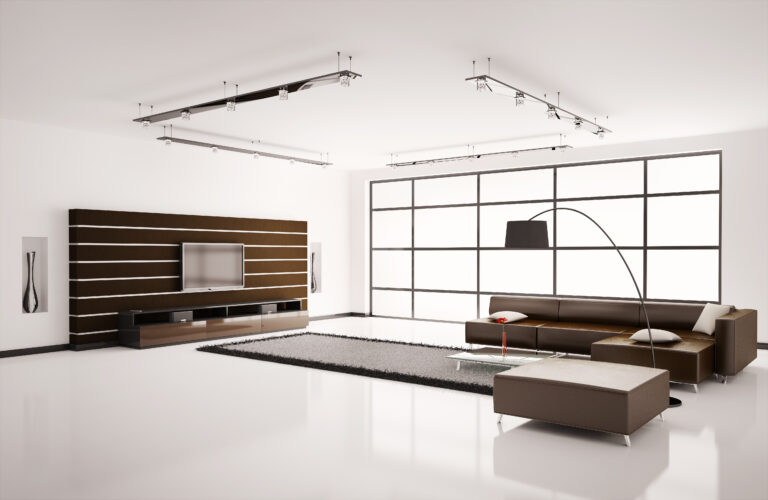How do I Arrange Furniture in my small apartment?
Welcome to our guide on How do I Arrange Furniture in my small apartment.
When arranging furniture, there are many different ways to approach the task. Whether you’re creating a living room, dining room, or bedroom, the key is to create a space that feels inviting and comfortable.
Here are some tips for arranging furniture in any space:
What to consider when arranging furniture
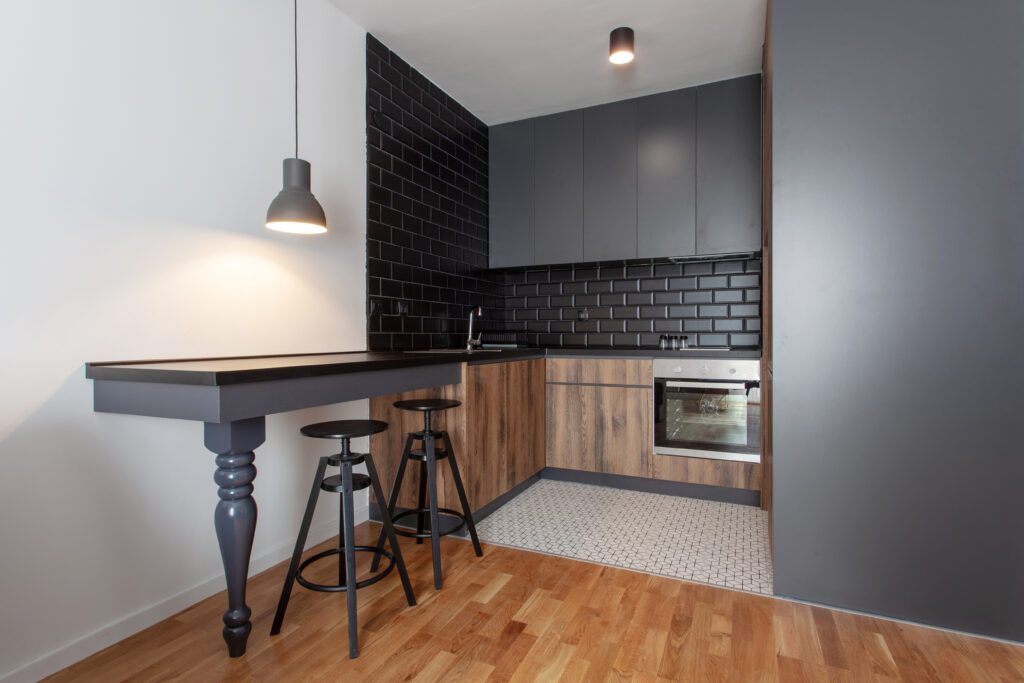
1. Room Layout
First and foremost, consider the overall layout of each room.
Pay attention to traffic patterns – will you be using this area for entertaining guests? Ensure you leave enough open space for people to move around without bumping into furniture or feeling cramped.
Utilize rugs, sofas, and chairs to define separate areas within a room if needed.
Additionally, ensure your focal points – such as a fireplace in the living room – can be seen clearly from all angles.
2. Space Characterizing Traits
When arranging furniture, there are several space traits to consider.
Adding simple accessories and design elements, such as pendant lamps or accent walls, can create a unique identity for each space. Creating a balance among asymmetrical design elements is also essential; try pairing a black piano and bench with crisp French doors or a wide white sofa with a hearth and credenza.
For a small space, minimalism is a great design choice that keeps the room open and airy. Varying the sight lines in a room by choosing pieces with differing heights and pairing straight lines with curved shapes can also add visual interest.
Furthermore, when arranging a room, it is vital to create a buffer between the walls and furnishings and to keep eyelines across the room clear.
Finally, when choosing artwork, pick pieces that balance the scale of the furniture. Understanding how the space will be used and ensuring that necessary items are within arm’s reach are also important.
3. Functionality
When arranging furniture in any room, it is vital to consider its function and how the space will be used.
For example, two sofas facing each other may look pleasant. Still, there may be better arrangements if the primary activity when sitting in them is watching television.
Consider what activities you would like to do in the room, what needs to be within arm’s reach, and how much space you’ll need. It is also important to prioritize function over form and ensure that doorways and walkways are not blocked.
Corner wardrobes and wall shelves are also functional bedroom furniture.
Additionally, it is vital to check for common layout issues, such as a coffee table that is too close to a sofa or an end table that impedes the path into the room.
4. Aesthetic Preference
It is crucial to consider aesthetic preferences when arranging furniture to create a balanced, cohesive look.
One way to do this is to cultivate balance among asymmetrical, assorted features by creating analogous arrangements, such as the black piano and bench echoing the crisp French doors.
Additionally, orient furniture to make the best use of what your home has, such as keeping the view of an ornate fireplace clear and arranging furniture to take advantage of beautiful views from a window.
It is also essential to consider the colors and patterns used in the room.
Opting for minimalism and pared-down palettes can make the most of a small space. Introducing colors and patterns can also help to balance the room, such as visually countering a large piece of furniture with two smaller ones or a tall floor lamp with a hanging pendant.
Finally, focus on the room’s main feature by orienting the furniture to draw the eye to the central part.
For example, in a living room with a hearth and mantel, arrange seats and introduce visual cues, like echoing shapes in the coffee table and framed artwork, to focus attention on the main feature.
While in a bedroom, you might want a less cluttered and more serene atmosphere.
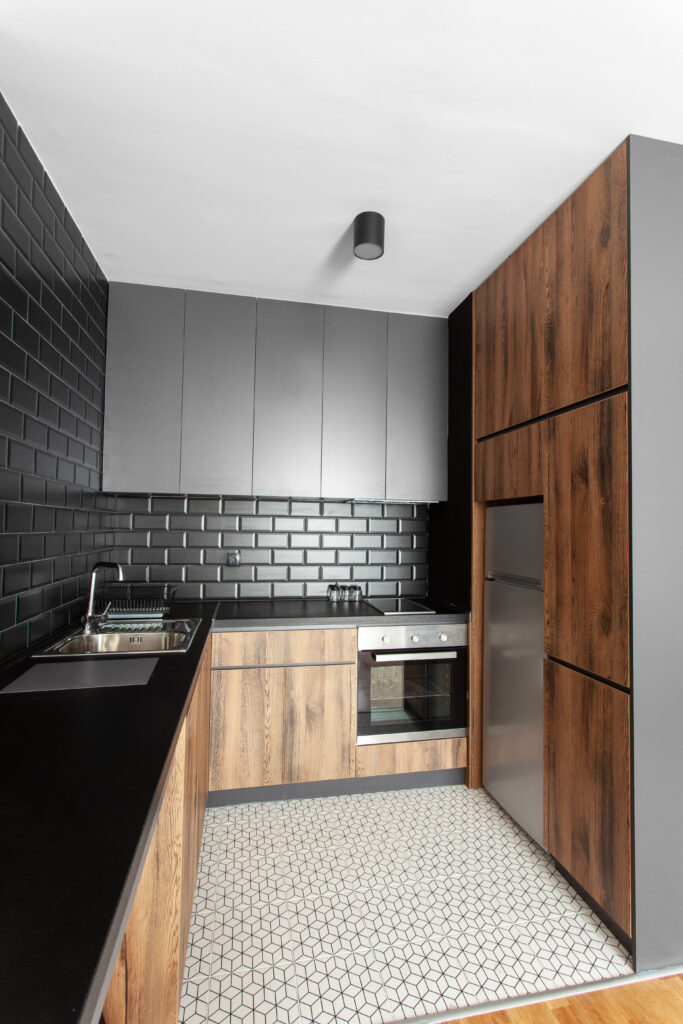
5. Personnel
When arranging furniture for personnel, it is vital to consider the needs of all occupants, including those using electronics, such as a flat-screen monitor.
It is also essential to consider the room’s shape, the traffic flow, and the furniture requirements, such as choosing chairs with casters for easy movement. Group rates may be available for volume-based orders, so it is important to consider contacting sales to learn more about these options.
Ultimately, the arrangement should allow access to electronics without pointing all pieces of furniture in the same direction while also emphasizing your focal points like a bed or couch.
6. Home Decor
When it comes to home decor furniture arrangement, there are several considerations to take into account.
For starters, deciding on a focal point is essential, as this will give direction and purpose to the room and help to create a flow throughout the space.
Additionally, it’s important to consider the lighting in the room, both natural and artificial. If you have windows, keep them visible and consider adding curtains or blinds that match the color and design scheme of the room.
Artificial lighting fixtures like sconces, chandeliers, and lamps can also help to create a unique level of light and feeling in the space.
Finally, art can enhance any room and create a unique atmosphere.
7. Room Size
When arranging furniture for room size, there are several factors to consider.
The first is the traffic pattern in the room, which should be mapped out to ensure that furniture pieces do not hinder movement through the room.
Additionally, it is essential to remember that less is more when it comes to furniture; too many pieces can make the room feel cramped and oppressive.
Furthermore, it is essential to maintain at least three feet of “walking room” between pieces to create spaciousness.
In smaller rooms, it can be helpful to float the furniture away from the walls to create the illusion of a larger space.
For bedrooms, allow at least two feet of space on either side of the bed to make the bed.
In a small space, minimalism is key; therefore, only a little furniture and decor can cramp the room.
Lastly, understanding how the room will be used and what needs to be within arm’s reach can help determine the furniture layout. This is especially important for the dining room.
8. Household Items
When considering how to arrange household items, it is important to consider both practicality and aesthetics.
Practically, furniture should be arranged in such a way that it is comfortable, functional, and accessible.
For instance, a family room should have furniture that allows for cabinets, drop zones, drawers, and space near the television for media items. Regarding the dining room, a wall of shelves can be used for multi-purpose storage, such as china, linens, barware, and office supplies.
Aesthetically, furniture should be arranged in such a way that it creates a pleasant visual experience. For example, living room furniture should not all be pointed toward the television.
Consider an arrangement allowing easy access to electronics while creating a cozy atmosphere. Additionally, it can be beneficial to experiment with different layouts to find the best solution for the space. Finally, remember that your home should reflect your style when arranging your items. You should feel free to make choices that you find aesthetically pleasing.
9. Room Dividers
Room dividers are physical or visual elements that can be used to separate two distinct spaces within a room.
They are essential for arranging furniture because they can help create the illusion of more space while also providing a way to separate different activities within the same room. For example, a couch in front of a dining table can create two distinct areas—one for eating and one for relaxing.
Additionally, room dividers can create privacy and reduce noise between different activities.
For instance, shelves or curtains can divide two distinct living spaces and make it easier for individuals to focus on their activities.
Ultimately, room dividers can create the illusion of more space and make a room appear larger while also allowing you to separate different activities within the same room.
10. Lighting
Correct lighting is another essential factor in designing your perfect room layout.
First, you could mix overhead lighting, floor lamps, table lamps, and wall sconces. These different types of lighting should be placed at various levels to achieve balanced lighting.
Additionally, choose lighting fixtures that are adaptable to the room’s functions, for example, by using dimmer switches to adjust the brightness for different occasions.
Natural light from windows is another vital lighting source, so arrange furniture to take advantage of the light.
Lastly, choose furniture with differing heights to create an exciting sight line.
11. Focal Point
The focal point of a room is the main feature or area that draws the eye and serves as the main focus of the space.
It is vital in arranging furniture because it helps to create balance and cohesion throughout the room.
Orienting furniture around the focal point gives the room a sense of order. It allows the other elements to flow more naturally.
The focal point also grounds the space and keeps it from feeling too chaotic.
It allows the furnishings and decorations to stand out and gives the room a sense of purpose.
Suggested focal points:
Bedroom – A Double or King size bed
Living Room – The main sofa or coffee table
Dining Room – The Family dining table
Faq’s How do I Arrange Furniture in my small apartment
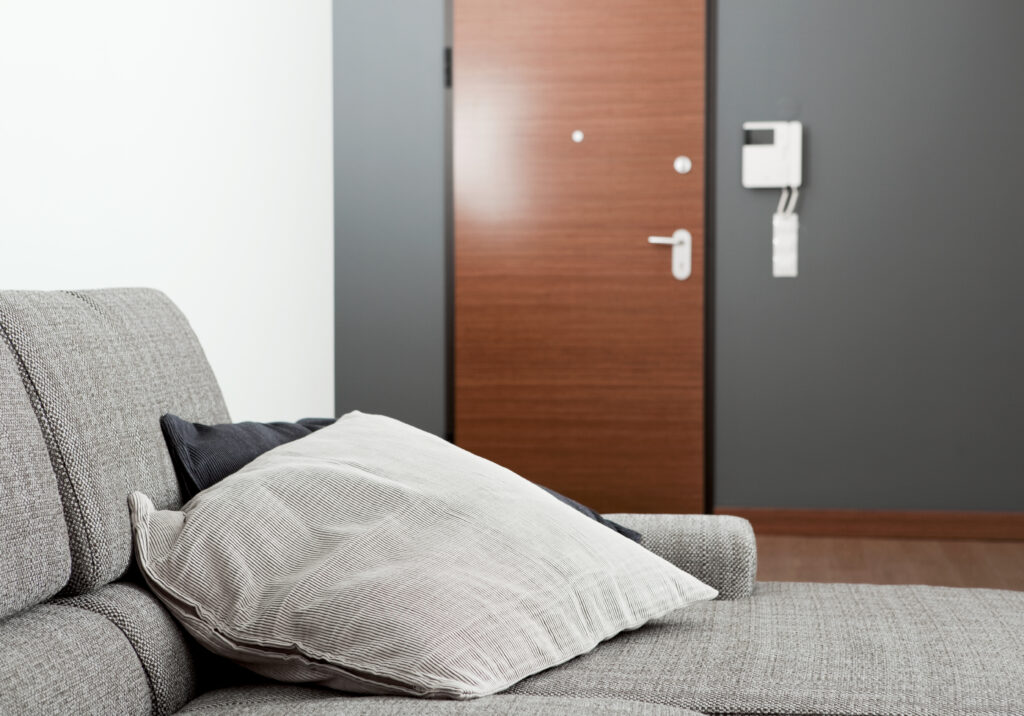
How do you arrange furniture in a combined living and dining room?
Furniture arrangement is key in combining living and dining room spaces. You can use several methods to make the most of an incorporated area. You can create an inviting atmosphere for relaxation and formal entertaining with careful planning.
First, consider how much space you want between the two areas. If the room is small, try arranging your furniture so that there is an equal balance between them. Placing a couch or sectional in one corner with an armchair or loveseat across it will give the illusion of separate living and dining areas without taking up too much floor space. Alternatively, if your combined area has more room to work with, divide it into distinct zones by adding a large coffee table as a visual barrier between the two spaces.
How to combine a living room and dining room in a small space?
Creating a living room and dining room in a small space can seem like a daunting task. However, with some creative design principles, you can easily combine the two rooms into one cohesive area. Whether you’re looking to maximize your square footage with an open floor plan or create an intimate seating arrangement that’s comfortable for dining and relaxing, these tips will help you make the most of your limited space.
Start by assessing how much room you have to work with, then focus on furniture placement. Choose multifunctional pieces such as ottomans that double as coffee tables and benches instead of armchairs for extra seating around the table. When selecting colors and patterns, stick to light neutrals that won’t overpower the room; this will also make it feel larger than it is.

Conclusion
In conclusion, arranging furniture in a small apartment can be daunting.
However, proper planning and consideration of available space can be done efficiently and stylishly. Measure the space before purchasing any furniture to ensure everything will fit as intended. Use multi-functional furniture to save on space and choose pieces that blend well with your decor.
Utilize vertical space by installing wall shelves or hanging plants from the ceiling.
We hope you found this guide useful and now can try to arrange the furniture in your small apartment!
Suggested Reading:
The Definitive guide on How to Arrange a Small Living Room with Large Furniture
Our 2023 Guide on How to Arrange Furniture in Living Room Kitchen Combo

